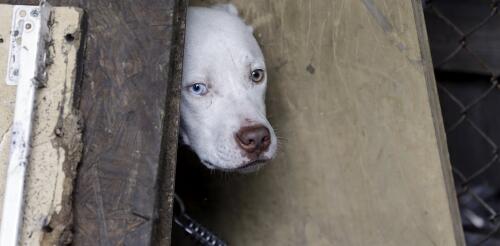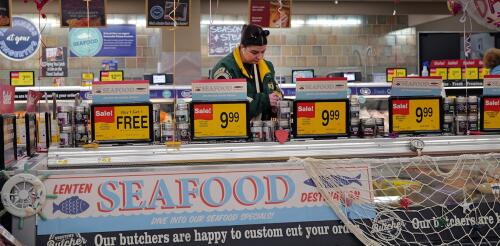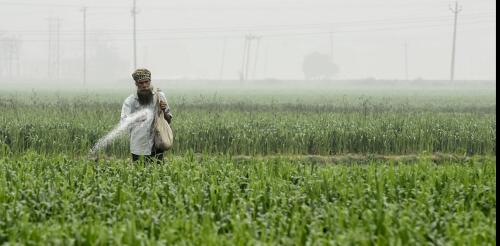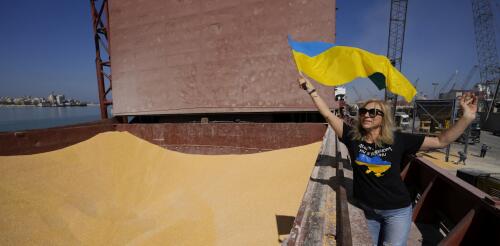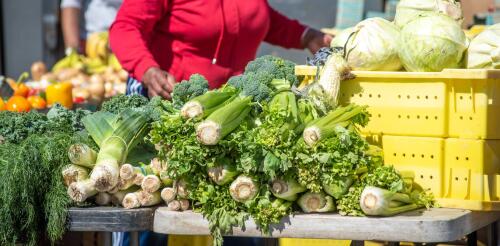Hunger
Nearly two-thirds of U.S. households have at least one pet. More than ever before, companion animals are a part of life – particularly in cities, where the majority of Americans live. Cities offer access to many resources, but often it’s not distributed evenly. Some scholars describe parts of U.S. cities with few or no grocery stores as food deserts. Others have identified zones they call transit deserts, where reliable and convenient public transit is scarce or nonexistent. While the “desert” framing is controversial, there is little disagreement that access to goods and services in many U.S. cities is unequal. I have studied urban animal welfare issues for the past 15 years, and I have found that the inequities and economic stress humans face affect animals as well. Recently, University of Nebraska geographer Xiaomeng Li and I explored access to animal welfare services in Detroit. We found that pet resources were significantly more likely to be loca...
After several years of pandemic-driven price spikes at the grocery store, retail food price inflation is slowing down. That’s good news for consumers, especially those in low-income households, who spend a proportionally larger share of their income on food. But there’s more to the cost of food than what we pay at the store. Producing, processing, transporting and marketing food creates costs all along the value chain. Many are borne by society as a whole or by communities and regions. For example, farm runoff is a top cause of algae blooms and dead zones in rivers, lakes and bays. And food waste takes up one-fourth of the space in U.S. landfills, where it rots, generating methane that warms Earth’s climate. Exploring these lesser-known costs is the first step toward reducing them. The key is a method called true cost accounting, which examines the economic, environmental, social and health impacts of food production and consumption to produce a broader p...
Feeding a growing world population has been a serious concern for decades, but today there are new causes for alarm. Floods, heat waves and other weather extremes are making agriculture increasingly precarious, especially in the Global South. The war in Ukraine is also a factor. Russia is blockading Ukrainian grain exports, and fertilizer prices have surged because of trade sanctions on Russia, the world’s leading fertilizer exporter. Amid these challenges, some organizations are renewing calls for a second Green Revolution, echoing the introduction in the 1960s and 1970s of supposedly high-yielding varieties of wheat and rice into developing countries, along with synthetic fertilizers and pesticides. Those efforts centered on India and other Asian countries; today, advocates focus on sub-Saharan Africa, where the original Green Revolution regime never took hold. In this Oct. 25, 2000, episode of the television drama ‘The West Wing,’...
The Russia-Ukraine grain deal that has been critical to keeping global food prices stable and preventing famine is currently in tatters. On July 17, 2023, Russia said it was pulling out of the year-old deal, which allowed shipments of grains and other foodstuffs to travel past the Russian naval blockade in the Black Sea. And to make matters worse, over the next two days Russia bombed the Ukrainian grain port of Odesa, destroying over 60,000 tons of grain. As a result, food prices have surged, with the cost of wheat, corn and soybeans in Europe, the Middle East and elsewhere all skyrocketing. So, what is the grain deal, and why is it so important to the global food supply chain? Anna Nagurney is an expert on supply chains, including those involving perishable products like food, and is co-chair of the board of directors overseeing the Kyiv School of Economics in Ukraine. She explains how important Ukrainian grain is to feeding the world – and why the Black Sea is a vita...
For the 20th time since 1933, Congress is writing a multiyear farm bill that will shape what kind of food U.S. farmers grow, how they raise it and how it gets to consumers. These measures are large, complex and expensive: The next farm bill is projected to cost taxpayers US$1.5 trillion over 10 years. Modern farm bills address many things besides food, from rural broadband access to biofuels and even help for small towns to buy police cars. These measures bring out a dizzying range of interest groups with diverse agendas. Umbrella organizations like the American Farm Bureau Federation and the National Farmers Union typically focus on farm subsidies and crop insurance. The National Sustainable Agriculture Coalition advocates for small farmers and ranchers. Industry-specific groups, such as cattlemen, fruit and vegetable growers and organic producers, all have their own interests. Environmental and conservation groups seek to influence policies that affect land use and sustaina...
